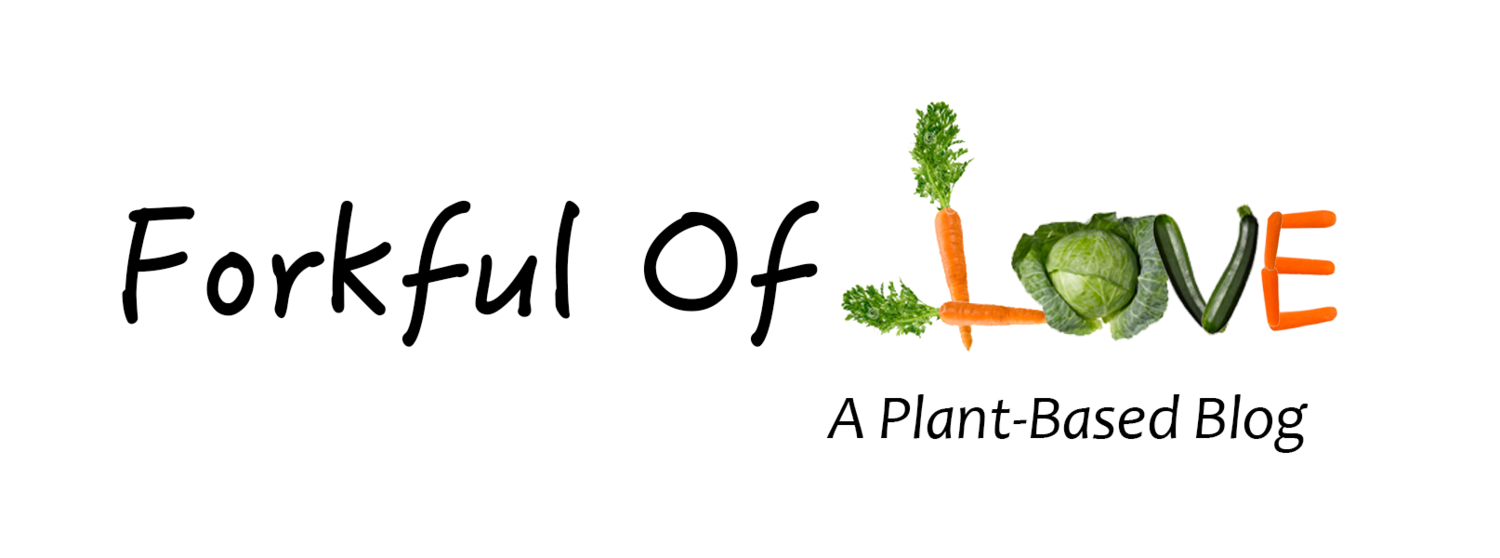3 Unconventional Ways to Use Your Kitchen for Better Health and a Better Planet
/Most of our kitchens were designed to make modern life easier. But as more and more people begin to eat plant-rich, whole food, and clean diets, our dream kitchen changes with our new needs. For example, my ideal, new construction kitchen would include a built-in water filtration system, dehydrator, fruit storage hangers, and blender station! Luckily these things can be bought separately, and the items we do have, can be viewed in a new light. While I wait for the ultimate health kitchen, I use what I have in unconventional ways. I'll show you how and why.
Turn Your Microwave into a Lazy Susan
A microwave oven becomes mostly unnecessary when you no longer consume processed foods. Pre-packaged, microwavable dinners might be designed to moderate calorie consumption, but health is more than a numbers game. Whole food and whole health are not found in meals that have mostly unrecognizable ingredients, preservatives, sugar, and oil.
Veggies can be steamed in the microwave. Beverages, like unsweetened almond milk with cinnamon, can be warmed, and so can soup made fresh days earlier, and these are all whole foods. However, I personally choose not to. Microwaves work by vibrating water molecules in food. The friction produces the heat for cooking. My concern is that this process changes the chemical structure of food, which can reduce or change the nutritional benefit, and that carcinogens, from the materials we cook food in, can leak into our food if not very carefully researched. So if you use a microwave, make sure to investigate the issues around radiation and how to use it with precaution.
I use my oven or stovetop to heat food and it works great for me. However, then what do we do with the microwave?
Spice storage!
In place of a lazy susan, I store all of my spices in the microwave. It spins, it wins. Just make sure the spin is always initiated by hand. Never turn on the microwave with your spices inside.
it's easy to find the right herb when the thing is in spin. Always Turn by hand and never turn on the microwave if using for spice storage.
Turn Your Freezer into Compost Storage
Composting is the process of breaking down organic green waste to produce soil. Total at-home composting is somewhat complicated, involving using worms and fungi as aids. It can be totally worth it if you are using it as fertilizer for your own garden, but you have to have the outdoor space. Food scraps and yard waste make up to 20-30% of waste. Keep these wastes out of landfills and reduce the need for chemical fertilizers by trying to compost what you can.
As an urban dweller, I've used compost drop off stations to recycle. To collect compost without attracting critters, I use my freezer. Place all food waste into a compostable bag (or plastic will do if you reuse, or can recycle at your drop off location) and store in the freezer to eliminate smell or mess.
Drop it off once a week, or if you have a backyard, go all in for at home composting. Here are some helpful resources:
For NYC: NYC Gov Food Scraps Drop-Off Finder and GrowNYC Greenmarkets
Your City's .gov website
Environmental Protection Agency's Composting at Home Guide
Ask about composting at your local farmers market. They might take drop offs. Use this National Farmers Market Directory to find one near you.
My compost does not make a pretty picture, but in the freezer, does not smell.
Turn Your Oven into a Dehydrator
Dehydrators are kitchen tools that use low temperatures and a fan to dry out foods, while still keeping enzymes and nutrients intact. They are popular in raw food diets where foods cannot be cooked above 118 degrees. For any diet, dehydrators can help create fun and healthy treats. For example whole food crackers can be made without processing by combining seeds, water, and some leftover pulp from juicing carrots or other veggies. Some really tasty, but expensive crackers by brands, Go Raw and Brad's, are dehydrated, and looking near the cash register at your favorite raw, vegan shop, you'll find their own line of raw chips or crackers.
Additionally, nuts, seeds, grains, and beans can all be soaked overnight, they will sprout, and then can be cooked with dry, low heat. The nutritional benefit is that soaking these foods cause them to germinate or blossom, and then in the dehydrator environment, it's like having the plant exposed to the sun. The new, young shoot consumes some of the starch, which increases the proportion of protein and fiber. Minerals and vitamins are also shown to increase.
Dehydraters can run between $150-$300. So to save money, use your oven. There are tons of recipes online using dehydrators and most will point you to how to use your oven instead, which just involves sometimes hours of cooking on low heat. I like to make apple chips in my oven by setting it to 225 degrees and toasting apple rings covered in cinnamon for 2 hours.
these chips don't quit. fall for apple chips that you can dehydrate in your oven.
These ideas will help you to use your built-in kitchen appliances to support a healthy lifestyle. Please let us know what other unconventional ideas you have around prepping for healthy meals, avoiding household toxins, saving energy, or making an environmental impact. Find us on Twitter and Instagram @forkfuloflove, and we're on Facebook too. The comment section below is open, so never hesitate to reach out to us with your thoughts or questions.





















